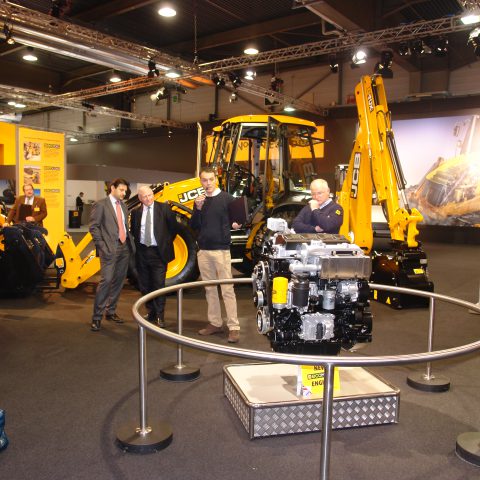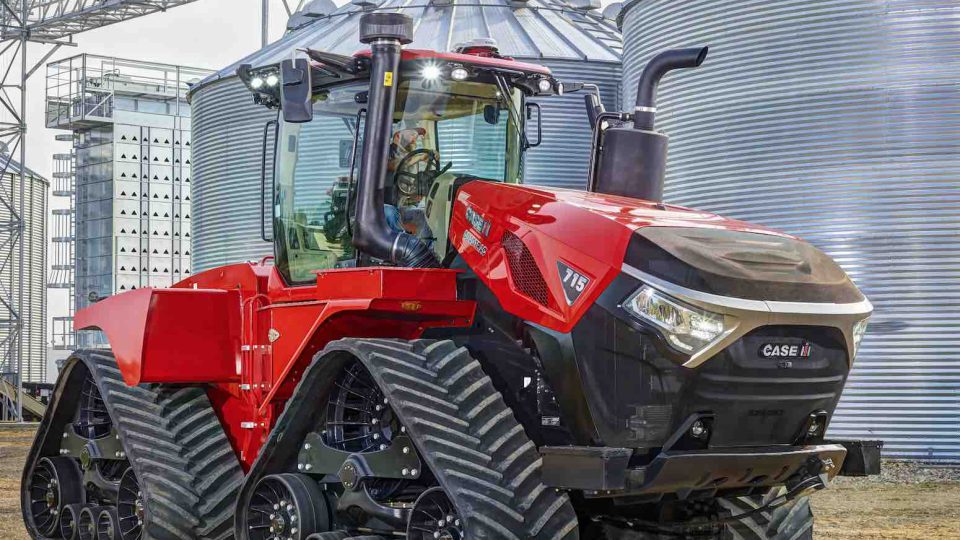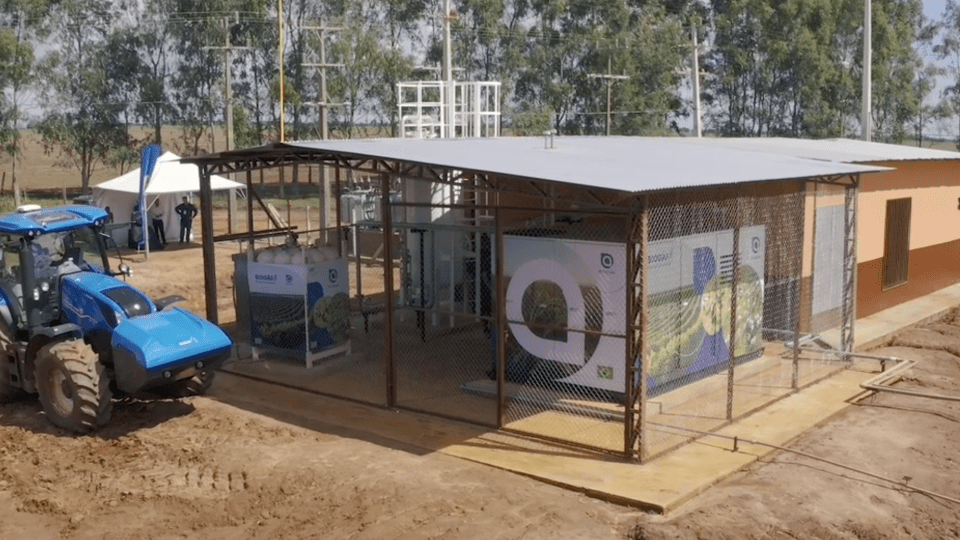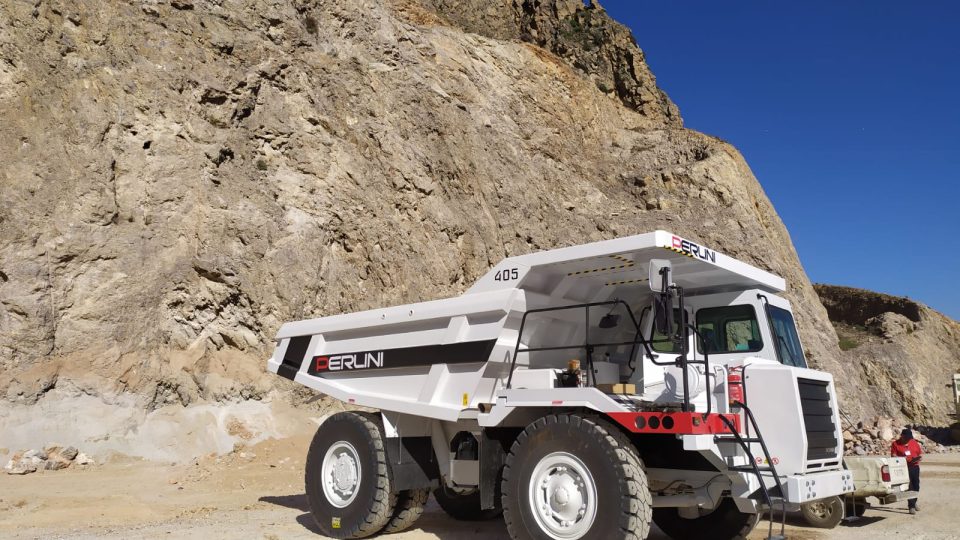Waiting for Christmas and approaching DOTY 2022
The pillar of innovation can be found as DOTY 2022 approaches. Such a concept cannot be reduced to a few characteristics

Approaching DOTY 2022 we inevitably approach the Christmas period. A few days and you will know what Santa has in store for you. You’ll have to wait another month or so to see what the Diesel of the year 2022 looks like.
Approaching DOTY 2022. But what does DOTY mean?
DOTY is the Diesel Of The Year acronym. As we stated in this post, every engine has to meet a couple of basic requirements, at least: power density and innovation. As we have indicated on the dedicated website, innovation is a wide concept, which we have summarised in three areas: compactness, specific values, after-treatment system.
The thousand faces of the word “innovation”
However, the word ‘innovation’ cannot be enclosed within such a narrow fence. Performance parameters are not enough to circumscribe a much more complex concept. Evaluating the innovative capacity of an industrial motor cannot be compared with the applications it will power. Innovation can mean many things. For the Diesel of the Year jury, it means responding effectively to the demands of OEMs, whose driver is often TCO and emission standards.
Once upon a time, DOTY 2011: JCB Power Systems Ecomax
Let us give you the example of the engine that won the award ten years ago, in 2011: the JCB Power Systems Ecomax. So we wrote ten years ago in the award presentation summary: it is the only industrial engine without aftertreatment systems. The key? In the combustion chamber and the EGR-VGT combination. JCB claims 10% lower fuel consumption. For OEMs, especially for those applications that required space under the bonnet to be compressed and could not afford bold corner drives or cab mufflers, perhaps shielded by hot grilles, the lack of ATS was a big help. However, those who insisted on optimising ATS, especially DPF and regeneration, such as the Japanese engine makers, Kubota and Yanmar above all, were rewarded with Stage V, which made DPF and SCR unavoidable, the latter above 56 kW.
As if to say: “innovation is by nature innovative”…








